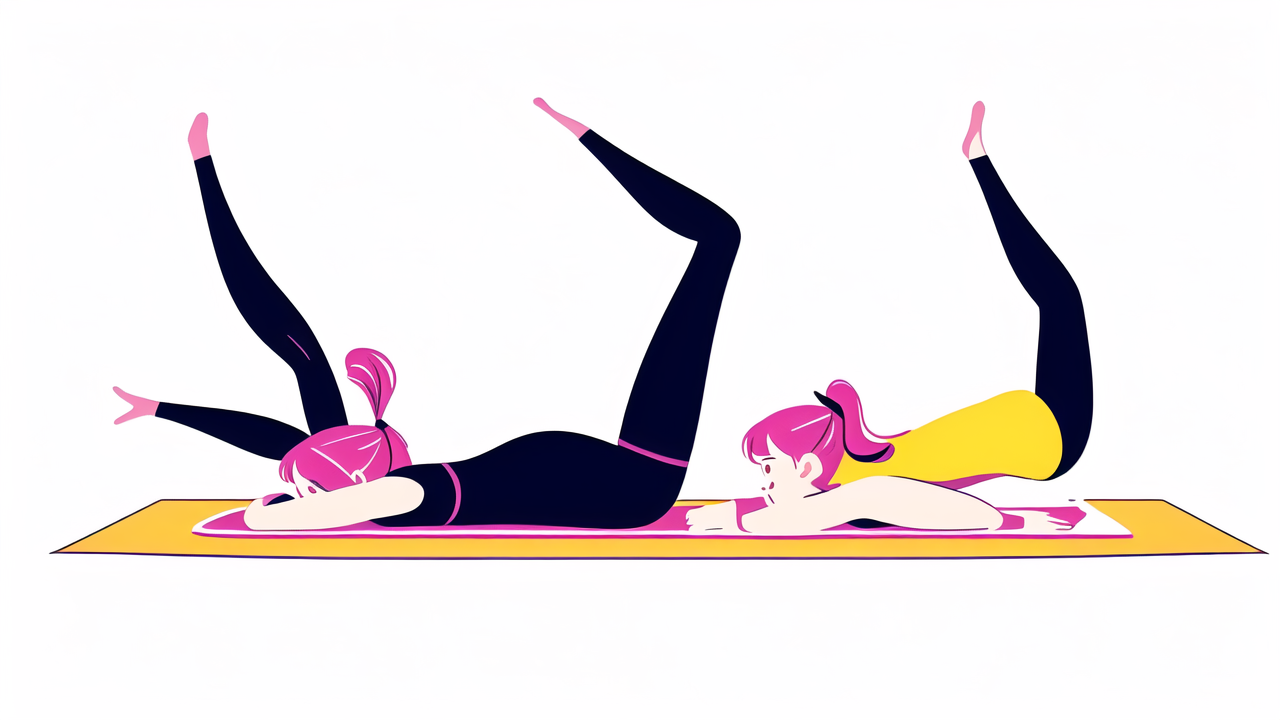
Understanding the Importance of a Quality Yoga Mat
The Role of Yoga Mats in Your Practice
A yoga mat is much more than a mere exercise accessory. It provides a personal space to practice, ensuring safety, stability, and comfort as you transition through various poses. The yoga mat's surface prevents slipping, offering the necessary grip to hold the postures. It also acts as a cushion between your body and the floor, reducing the impact on your joints during intense stretches or asanas. Whether practicing at home or in a studio, the mat becomes a symbol of your commitment to yoga, paving the way for a focused and tranquil experience.

Factors to Consider When Selecting a Yoga Mat
When choosing a yoga mat, consider these points:
- Thickness: A thick mat cushions your body but may affect balance. Thin mats are firmer.
- Material: Eco-friendly options like rubber, jute, or cork offer sustainability plus comfort.
- Texture: Your mat's grip is key. Look for a texture that prevents slipping.
- Stickiness: Mats with good stickiness help maintain poses without sliding.
- Price: Decide on a budget. Quality varies, so does cost.
Pick a mat that meets your needs and enhances your practice.
Key Features to Look for in a Yoga Mat
Material and Texture: Enhancing Comfort and Grip
When choosing a yoga mat, material and texture are vital. They affect comfort and grip during poses. Grip matters for safety and performance. Comfort keeps you focused without distraction. Look for materials like PVC, rubber or TPE for grip. Also, check the mat’s texture. A slightly rough surface provides better traction. Avoid mats that are too smooth, as they can be slippery. Foam mats can offer comfort, but may lack grip. It's about finding a balance suited to your practice.
Durability and Longevity: Is It Worth the Investment?
When choosing a yoga mat, consider its lifespan. Durable mats may cost more upfront but save money in the long run. They withstand frequent use and are often made of sturdy materials. A long-lasting mat can also support your evolving practice over time. Check for warranty or guarantee options that provide extra assurance. Remember, investing in a durable mat is not just about money, it’s about your comfort, safety, and the consistency of your practice.
Size and Portability: Traveling with Your Yoga Mat
The right size and portability are crucial for yogis on the go. A mat that's too large can be cumbersome, and one that's too small may not provide enough space for all poses. Ideal mats should easily roll up and have carrying straps or a bag. Weight is also a factor; lightweight mats are best for travel. Some mats even fold into a compact size to fit in luggage. Look for a balance between comfort, space, and ease of transport to enhance your practice anywhere.
Top Picks and Recommendations from Yoga Enthusiasts
Best Yoga Mats for Beginners
When starting yoga, a mat that suits beginners is crucial. Here's a list of top yoga mats selected by enthusiasts that are ideal for new yogis:
- The Gaiam Essentials Thick Yoga Mat: Offers extra cushioning which is great for those new to yoga poses.
- The BalanceFrom GoYoga Mat: Lightweight and durable, it has alignment lines to help beginners with proper positioning.
- The Manduka PROlite Yoga Mat: Famed for its comfort and support, yet thin enough for easy storage.
Each of these mats provides the right balance of support and comfort for newcomers to the yoga community. They are also budget-friendly, ensuring that cost isn't a barrier for beginners.
Advanced Yogis Share Their Favorite Mats
Advanced yogis have tried many mats. They know what works best. Thick mats may offer more padding but can affect stability. A popular choice is a mat that balances cushion and firmness. Some prefer mats that are easy to clean or have alignment marks. Eco-friendly options are also favored. Brands like Manduka and Liforme often come up. These mats support advanced poses and last. It's best to pick based on personal practice.
Tips on Maintaining and Caring for Your Yoga Mat
- Clean regularly: Use a mild, eco-friendly cleaner after each session.
- Avoid harsh chemicals: They can damage the mat's material and texture.
- Air-dry your mat: Keep it unrolled in a well-ventilated area.
- Store it properly: Roll it up loosely and keep it in a cool, dry place.
- Rotate use: If possible, alternate between two mats to reduce wear.
- Follow the manufacturer's care instructions: They are tailored for your mat's specific needs.
